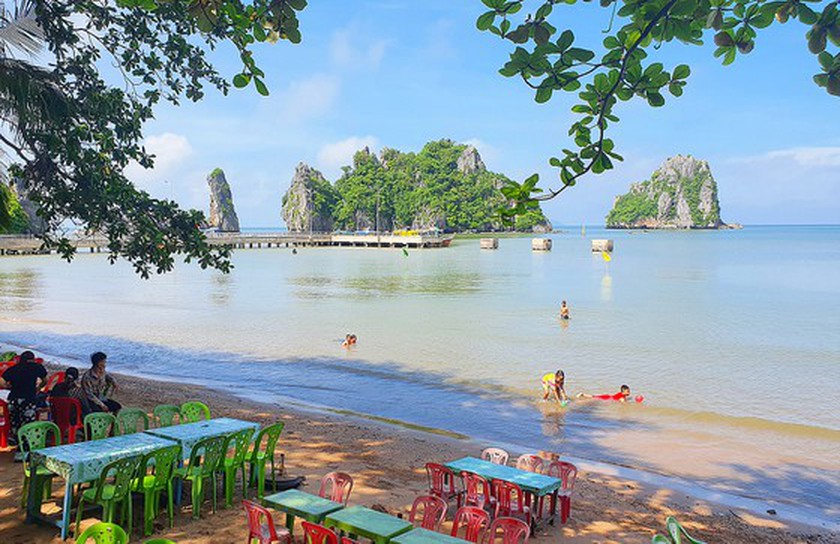A complex of scenic landscapes and historical and cultural relics of Hang Pagoda, Mo So cave and Phu Tu islet in the Mekong Delta province of Kien Giang is going to be revived after the six-year upgrade.

Phu Tu islet
Mo So is among the unique limestone mountains in Kien Giang which is famous for Hang Pagoda, Phu Tu Islet and other attractions. It is endowed with many caves which used to serve as a revolutionary base in the resistance war against France and US with a hall and an army hospital. It is Mo So cave was recognized as a national cultural and historical heritage site in 1995.
The 20km-long road to limestone mountains and caves of Mo So, Ca Sau (Crocodile), Tien (Fairy) cave, Khoe La, Ba Tai, Hang Cave from Kien Luong Town in Kien Luong District is one of the most beautiful routes in the province.
The complex of scenic landscapes and historical and cultural relics of Hang Pagoda, Mo So cave and Phu Tu islet has been severely affected and damaged due to intensive exploitation of limestone, leading to dramatic ecological changes and the loss of an ecosystem's ability to recover from a disturbance.
Kien Luong District is home to about 10 limestone mountains providing 180 million tons of limestone and 70 million of stone a year. The locality has five cement plants with a production capacity of four million tons per year.
The upgrade project of the complex was kicked off in 2015. The provincial tourism sector will continue to complete infrastructures in Hang Pagoda connecting the Ba Lua archipelago with 53 islands and islets, linking two cities of Ha Tien and Phu Quoc, said Director of the Tourism Department of Kien Giang Province Bui Quoc Thai.
Phu Tu islet is one of the popular tourist attractions of Kien Giang. It is a small island of two stone blocks lying on a rock pedestal 5m high above sea level. The big stone is called Phu (Father), which is about 33,6 meters high, whereas the small one about 30 meters high is Tu (Son). Phu Tu islet has drawn admiring glances for over one thousand years. The Ministry of Culture and Information awarded it the “National Heritage” title in 1989.
By Quoc Binh – Translated by Kim Khanh